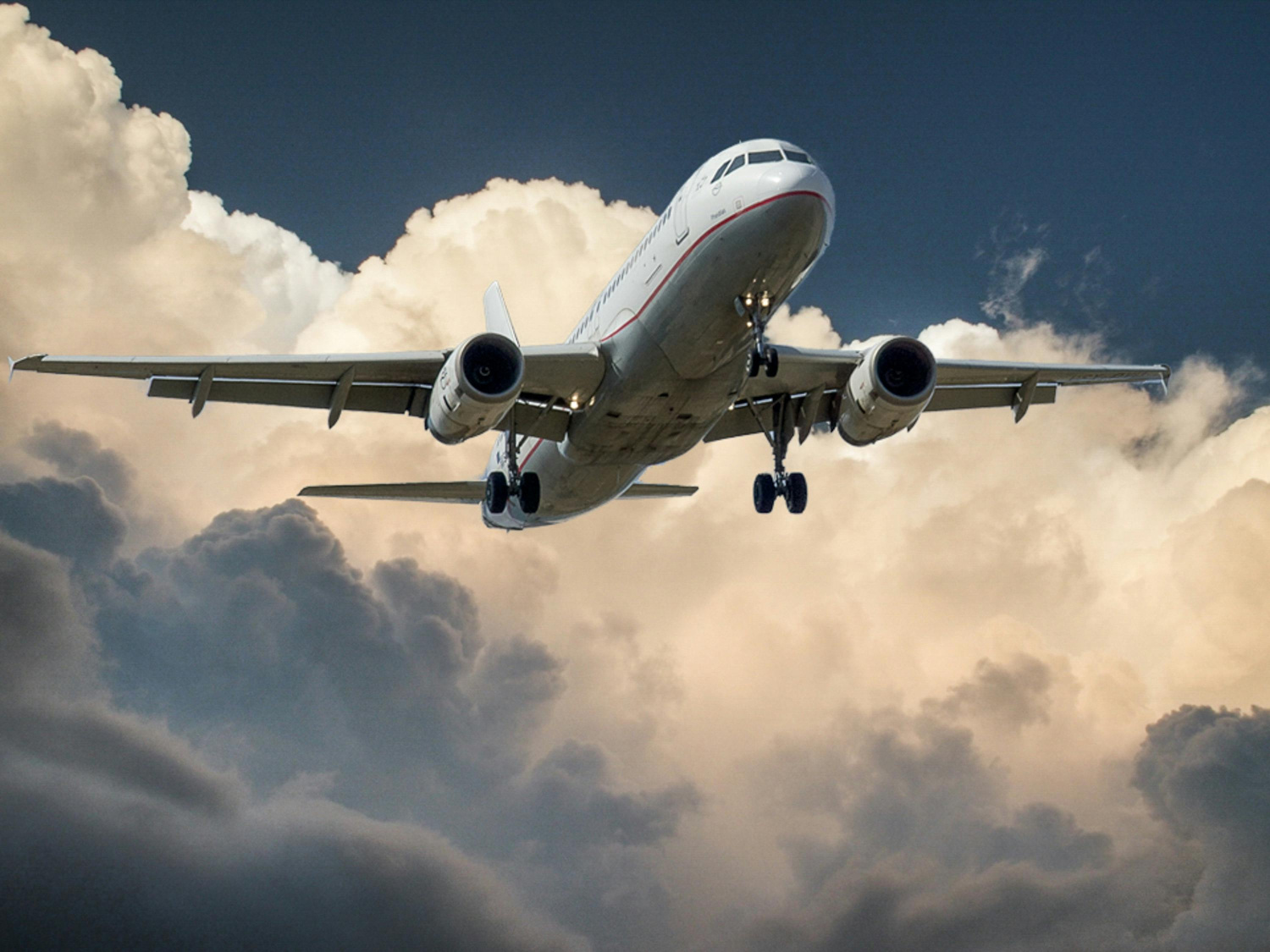
(Photo : Pexels)
Flight
India's domestic air passenger traffic has seen a significant rise, reaching 138.5 lakh in October, marking a 6.3% increase compared to the previous month's 130.3 lakh, according to a recent report. This growth is not just a monthly phenomenon but also reflects a year-on-year increase of 9.6% in October. More impressively, it is 12.8% higher than the pre-Covid levels of 122.8 lakh recorded in October 2019, as per data provided by credit rating agency ICRA.
The first seven months of the current fiscal year (April-October) have also seen a steady rise in domestic air passenger traffic, which stood at 932.0 lakh, indicating a year-on-year growth of 5.9%. This upward trend is not confined to domestic air travel alone. The first half of this fiscal year (H1 FY25) witnessed Indian carriers' international passenger traffic standing at 162.6 lakh, marking a year-on-year growth of 16%.
Stable Outlook Amid Gradual Recovery
The report also highlighted that airlines' capacity deployment in October 2024 was higher than October 2023 by 7.6%, and 5.2% higher than September 2024. This increase in capacity deployment is a positive sign for the industry, indicating a recovery from the pandemic-induced slump.
The outlook for the Indian aviation industry remains stable, driven by expectations of moderate growth in domestic air passenger traffic and a relatively stable cost environment in FY2025. However, the recovery in industry earnings is likely to be gradual due to the high fixed cost nature of the business.
ICRA anticipates the Indian aviation industry to report a net loss of Rs 20-30 billion in FY2025 and FY2026, compared to Rs 10 billion in FY2024. This is due to the anticipated pressure on yields as airlines strive to maintain an adequate passenger load factor (PLF) amid continued elevated aviation turbine fuel (ATF) prices.
Engine Failures and Supply Chain Challenges
Despite the positive growth, the industry has been grappling with supply chain challenges and engine failures. The Pratt and Whitney (P&W) engines supplied to various airlines have been a significant concern. In FY2024, Go Airlines (India) Limited had to ground half of its fleet due to faulty P&W engines, severely impacting its operations.
InterGlobe Aviation Limited (IndiGo), another major player in the Indian aviation industry, also faced similar issues. More than 70 of its aircraft were grounded as of September 30, due to the P&W engine issue. This included the powder metal contamination factor with its P&W fleet, which is used to manufacture certain engine parts.
Overall, the Indian aviation industry had 134 aircraft grounded for select airlines as of June 30. This accounts for 15-17% of the total industry fleet, significantly impacting the overall industry capacity, as measured by available seat kilometre (ASKMs).









